BEST-Yulongxueshan
Mt. Yulong (云南玉龙雪山)
Mt. Yulong (27°10′–27°40′N, 100°09′–100°20′E) , also named as Jade
Dragon Snow Mountain, is located in the northwest of Yunnan province,
China. It is located the southeast of the Hengduan Mountains and has a
total area of 260 km2. The mountain peak is at 5596 m a.s.l., and it is
the southernmost glacierized area in North Hemisphere which is extremely
sensitive to climate change. The weather is monsoon climate which
include a dry season from November to May and a rainy season from June
to October. The mean annual temperature at Yulong Mountain is 12.8°C,
and the average annual precipitation is 935 mm.
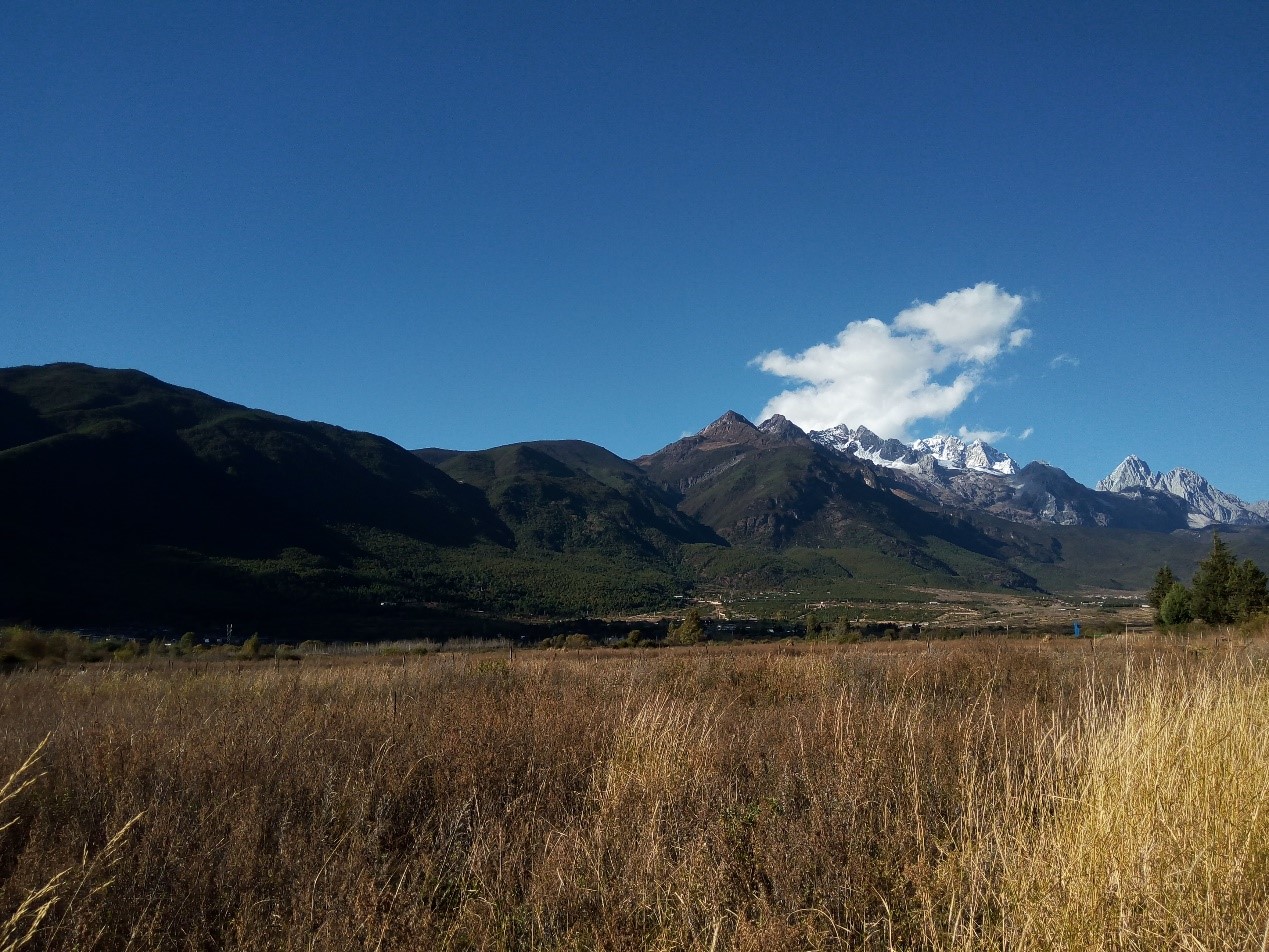


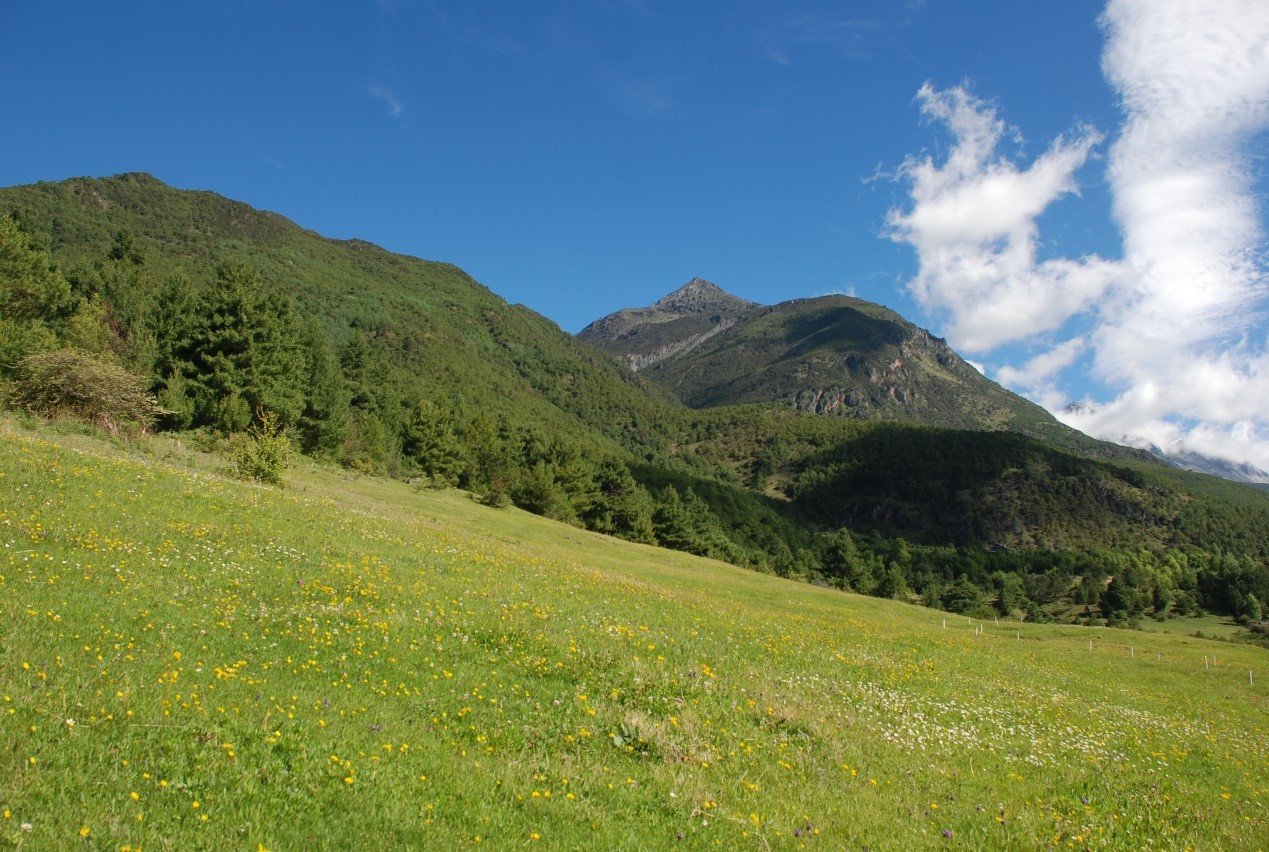
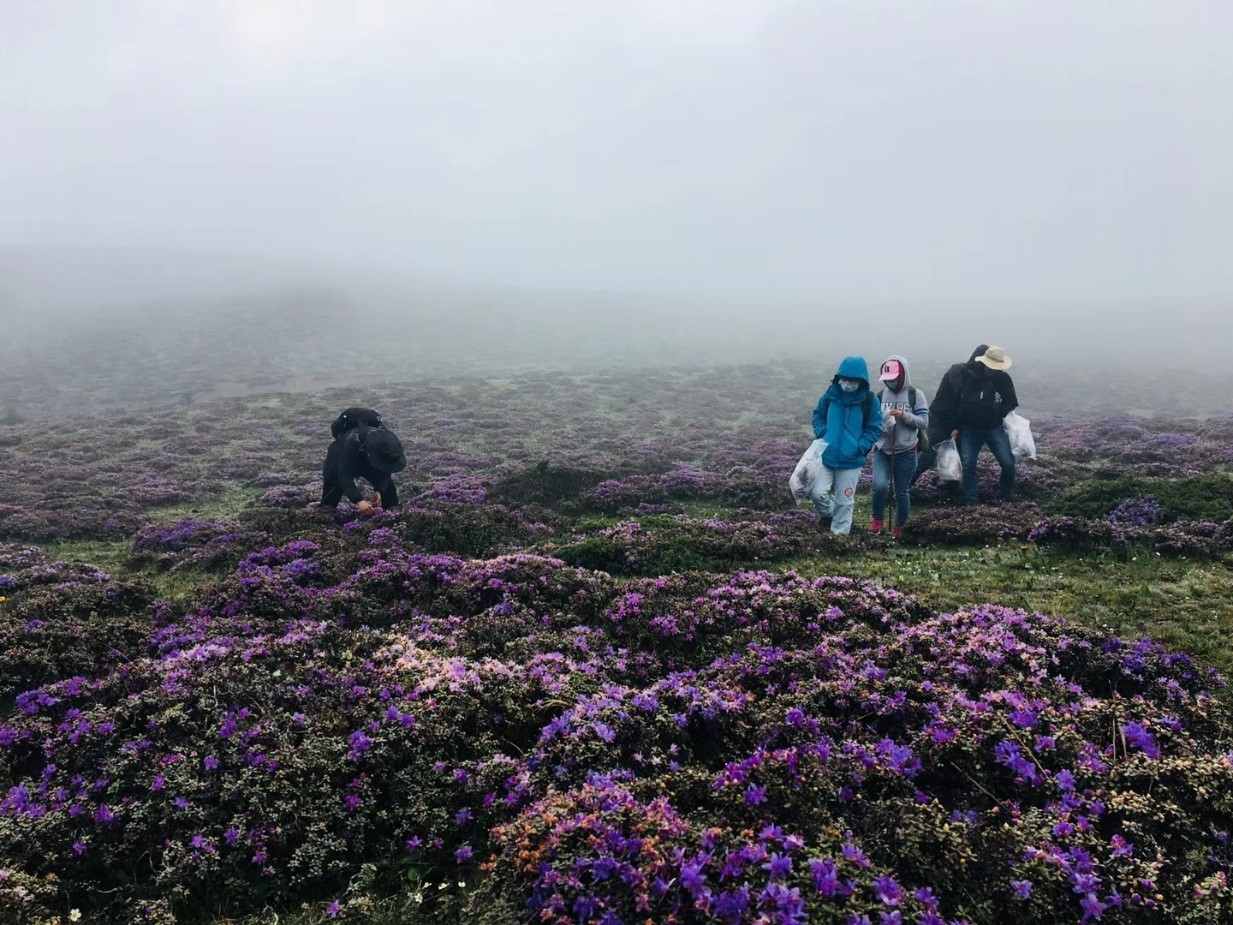
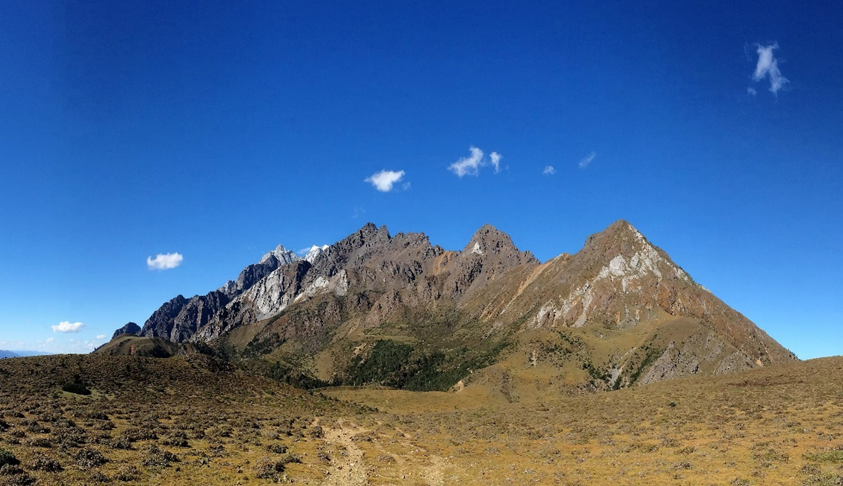
Vegetation
Five distinct vegetation types were observed along elevations in our study region. Pinus armandii forest (2600- 2800 m); Pinus armandii, Pinus yunnanensis and Quercus spinosa mixed forest (2800-3000 m); Pinus yunnanensis and Quercus guyavifolia mixed forest (3000-3500m); Quercus aquifolioides forest (3500-3700m); and Quercus aquifolioides, Abies georgei and Rhododendron forest (3700-3900 m).

Pinus armandii forest
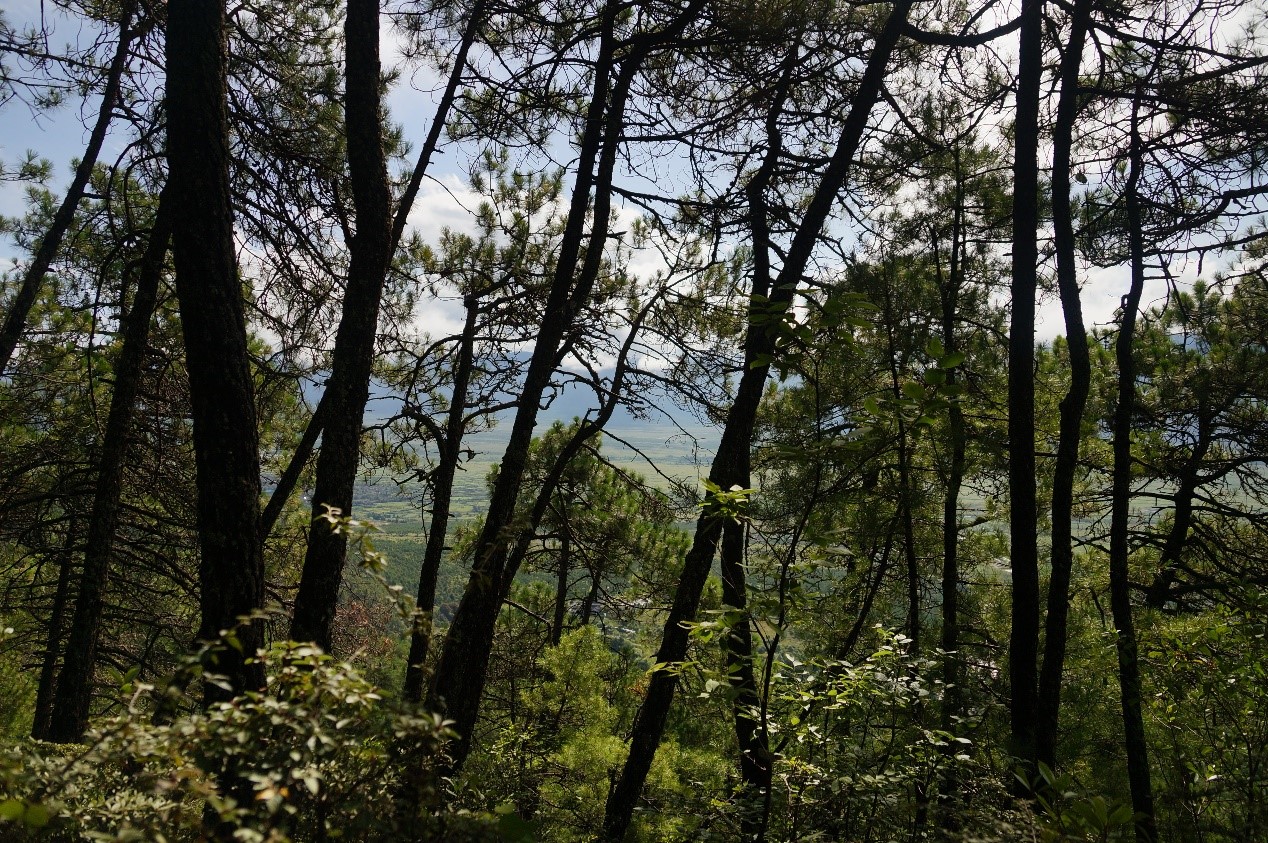
Pinus armandii, Pinus yunnanensis and Quercus spinosa mixed forest

Pinus yunnanensis forest
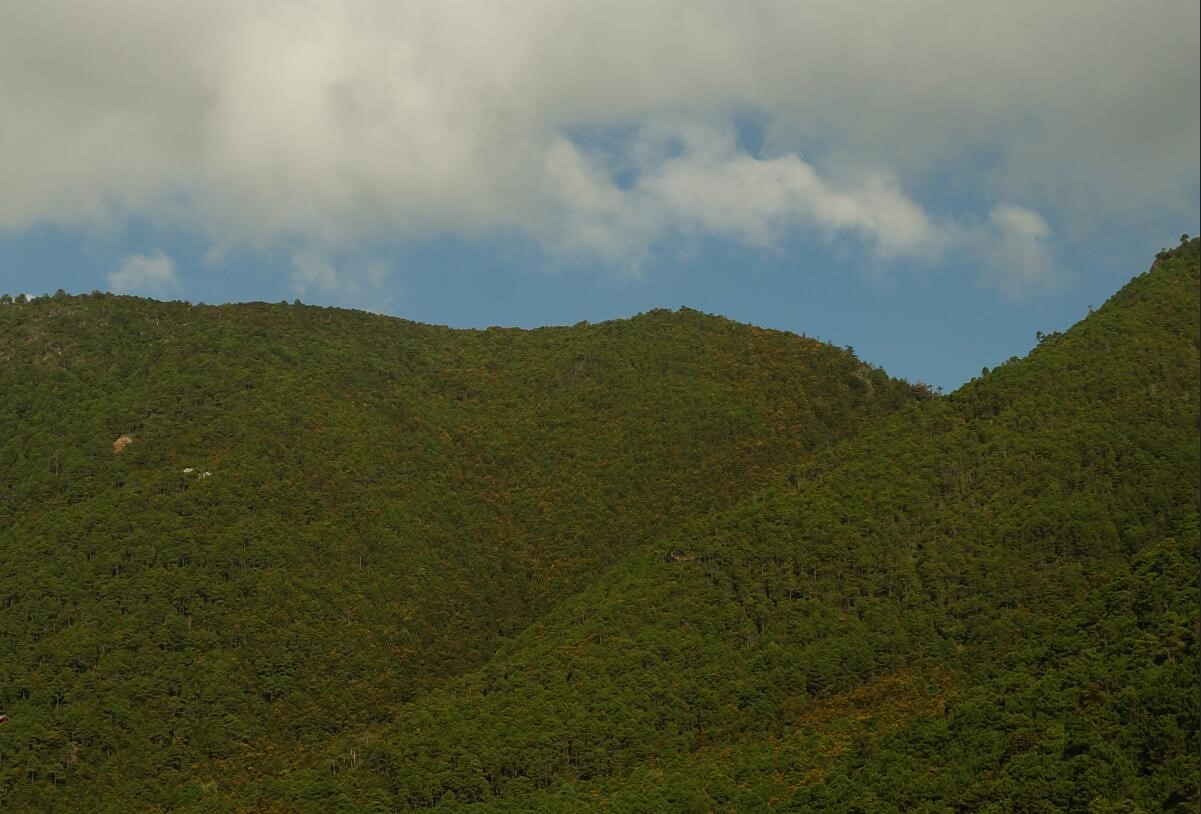
Pinus yunnanensis and Quercus guyavifolia mixed forest

Quercus guyavifolia forest
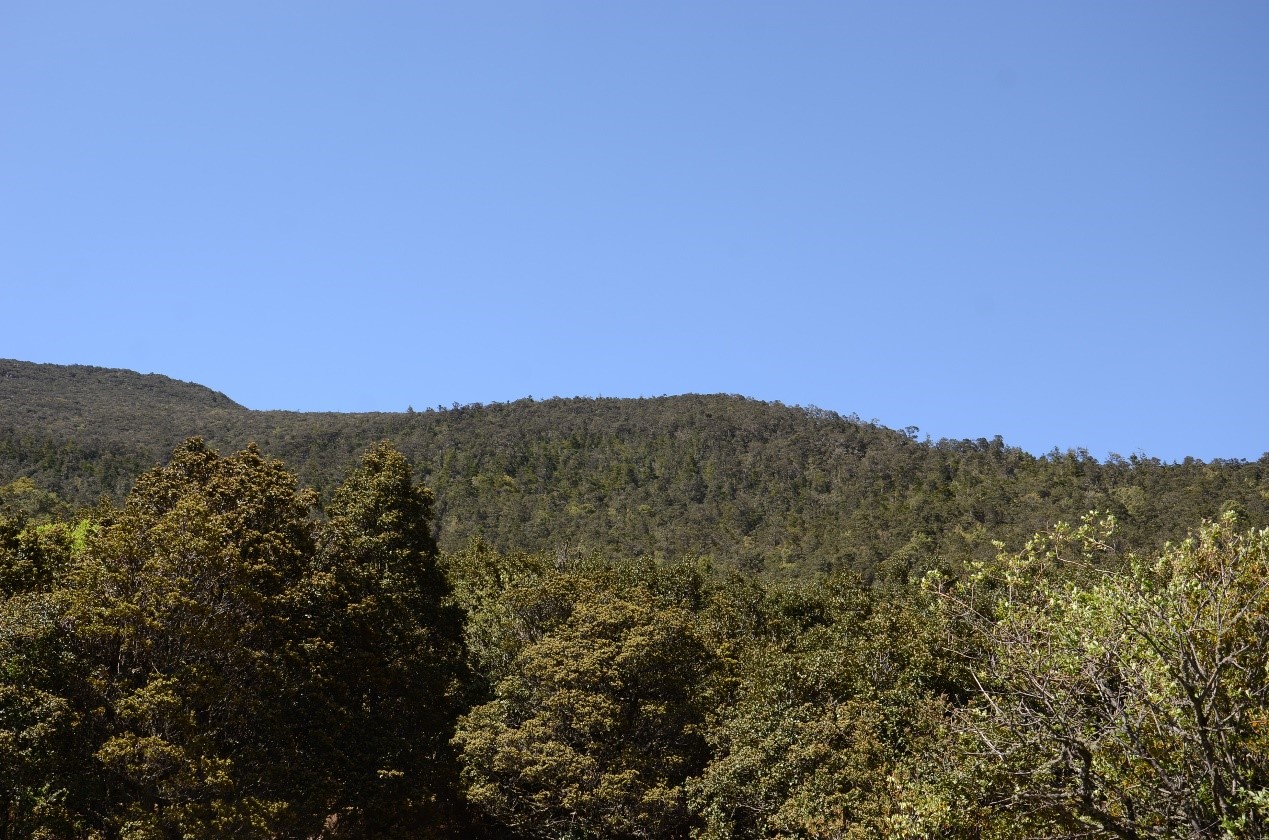
Quercus aquifolioides forest
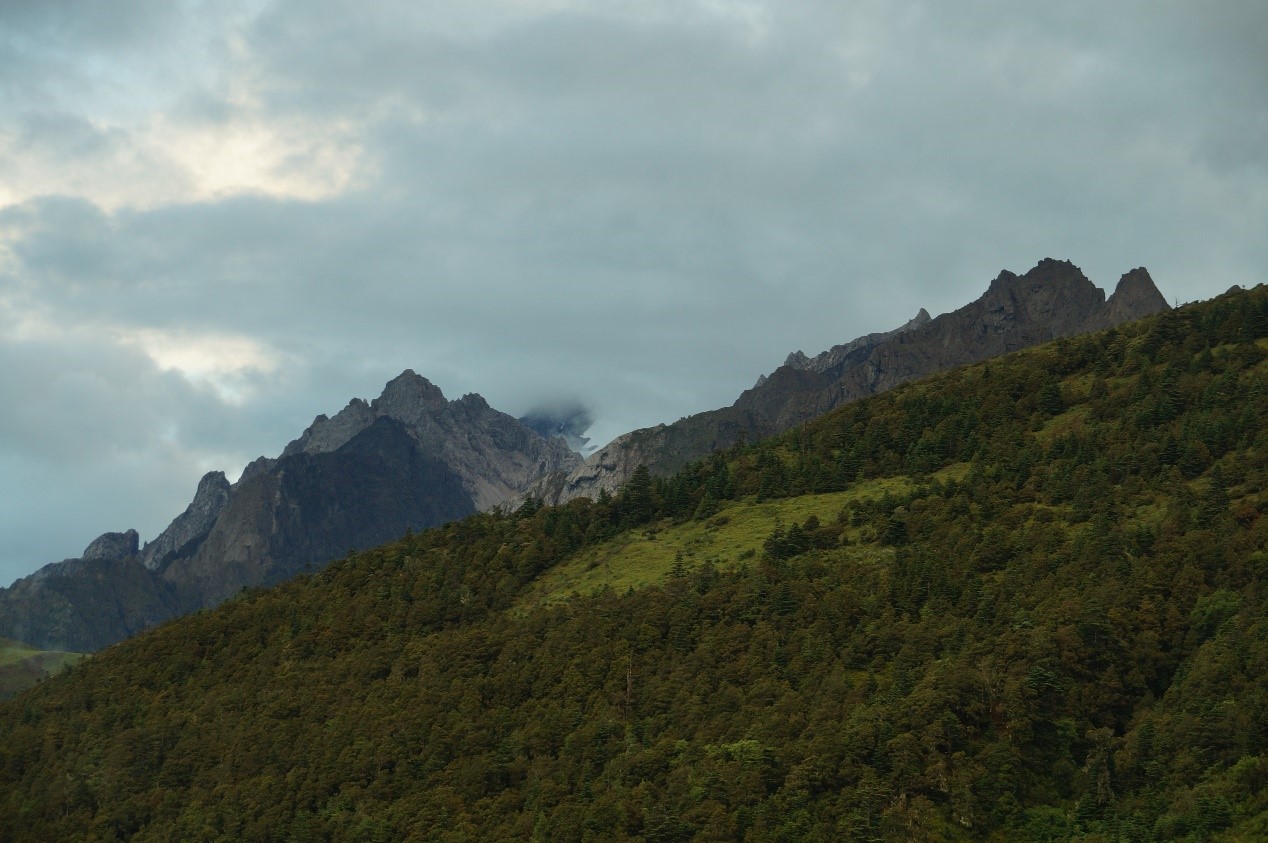

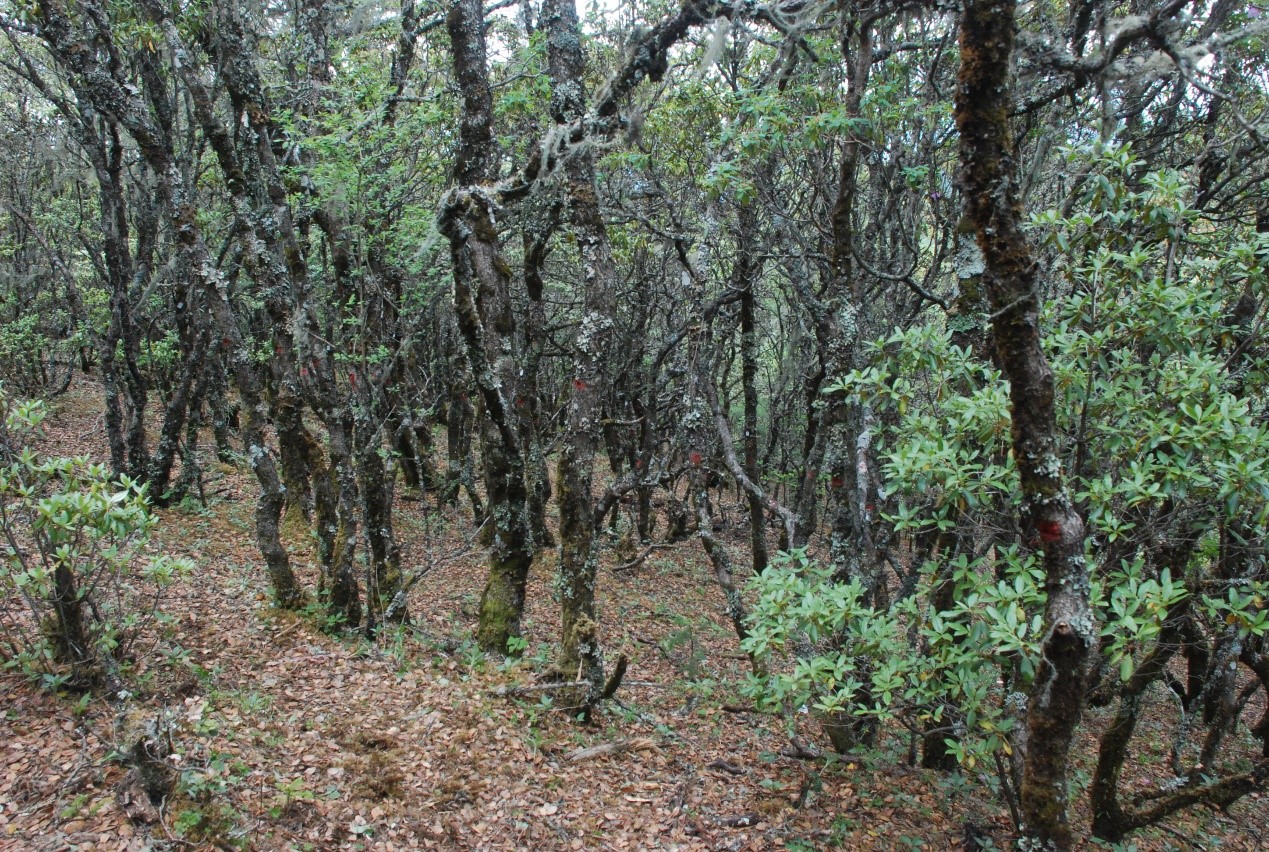
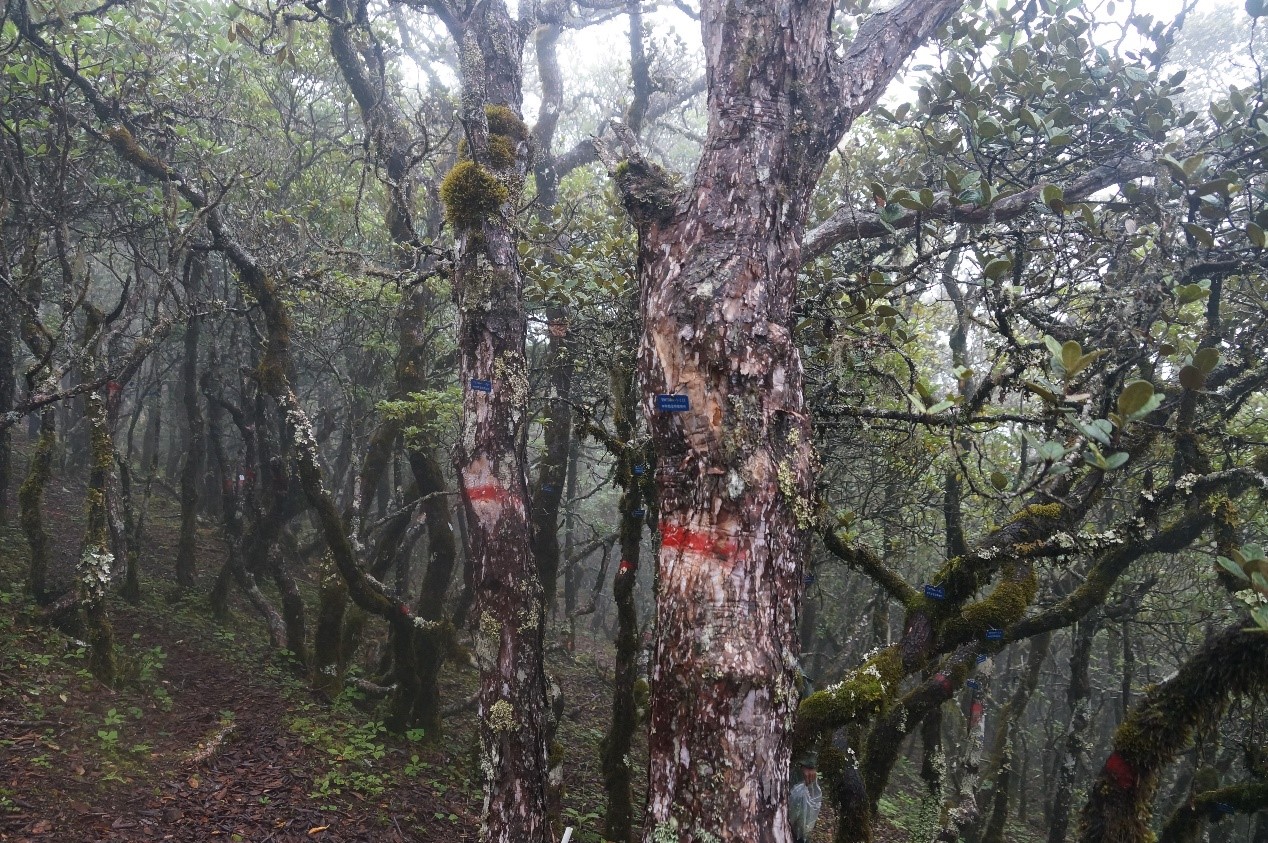
Quercus aquifolioides, Abies georgei and Rhododendron forest
Flora
In Yulong mountains, a total of 2028 native seed plant species from 625 genera and 136 families. More than half of the species are herbaceous (66.4 %; 82 families; 426 genera; and 1346 species), and 33.6 % are woody species (290 tree species from 120 genera and 56 families, and 392 shrub species from 133 genera and 62 families; Wang et al. 2007).
Research sites of BEST network
In 2013-2014, Nineteen 20 m × 50 m plots along an elevational gradient were set up from 2650 m to 3850 m above the sea level in this mountain. The plots were set based on the distinct vegetation types. Within each plot, all woody stems with ≥ 1 cm DBH were tagged and identified to species. There were individuals with DBH ≥ 1 cm recorded, belonging to 22 families, 46 genera and 59 species. Meanwhile, a total of 101 shrub species and 201 herbaceous species were observed in our study plots.
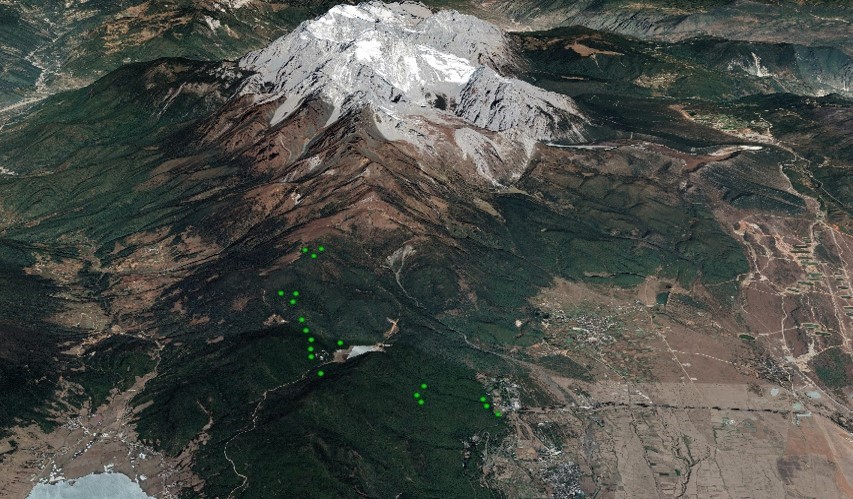
The location of 19 long-term monitoring plots along elevation

The establishment of forest plots in Yulong Mountain

Distinct forest strata (trees, shrubs and herbs)

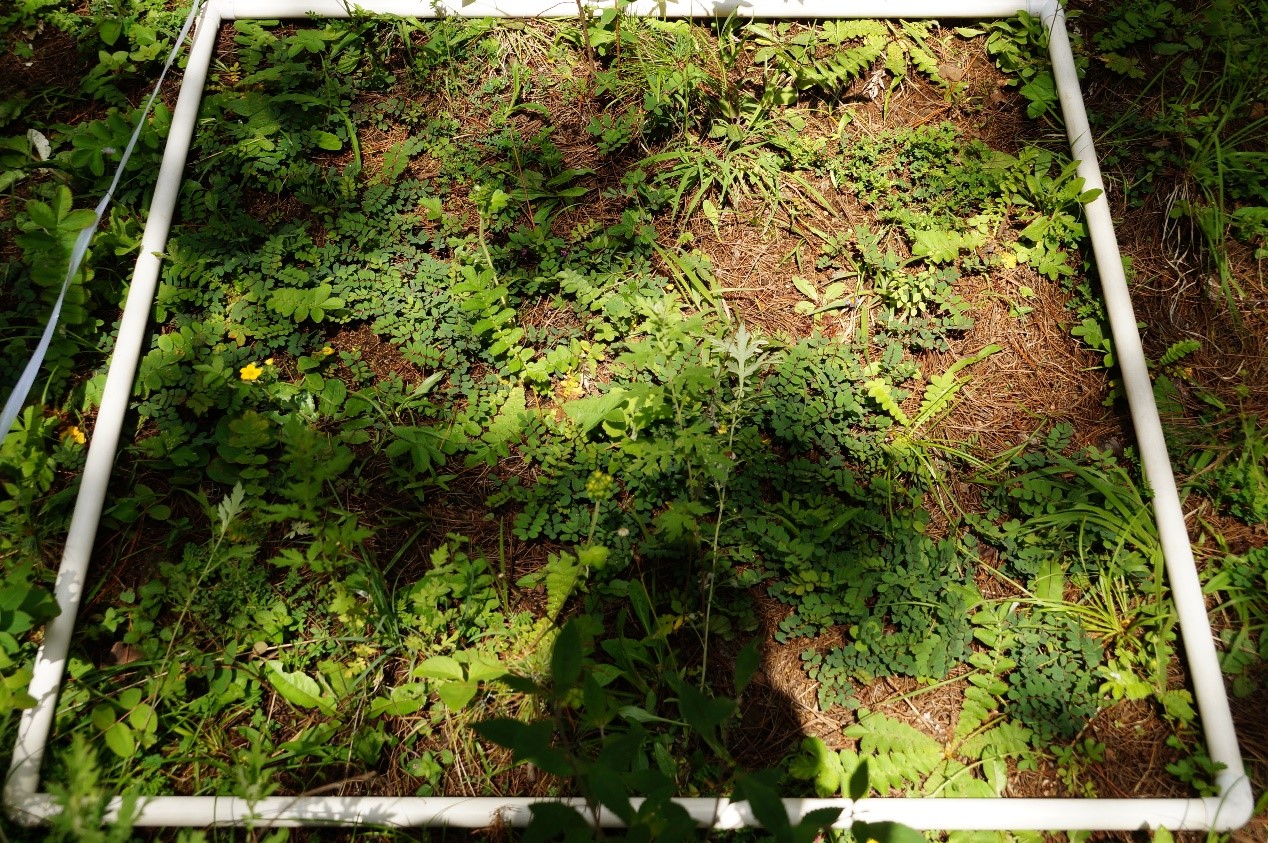
Herbaceous species investigation
Principal Investigator
Yahuang Luo (罗亚皇): luoyahuang@mail.kib.ac.cn
Jie Liu (刘杰): liujie@mail.kib.ac.cn
Selected Publications
- Ya-Huang Luo, Marc W. Cadotte, Kevin S. Burgess, Jie Liu, Shao-Lin Tan, Kun Xu, Jia-Yun Zou, De-Zhu Li, Lian-Ming Gao. Greater than the sum of the parts: how the species composition in different forest strata influence ecosystem function. Ecology Letters. 2019. 22: 1449–1461.
- Ya-Huang Luo, Marc W. Cadotte, Kevin S. Burgess, Jie Liu, Shao-Lin Tan, Kun Xu, De-Zhu Li, Lian-Ming Gao. Forest community assembly is driven by different strata-dependent mechanisms along an elevational gradient. Journal of Biogeography. 2019. 46: 2174– 2187.
- Ya-Huang Luo, Jie Liu, Shao-Lin Tan, Marc W. Cadotte, Yue-Hua Wang, Kun Xu, De Zhu Li, Lian-Ming Gao. Trait-based community assembly along subalpine elevational gradients: Quantifying the roles of environmental factors in inter- and intraspecific variability. PLoS ONE. 2016. 11: e0155749.
- Ya-Huang Luo, Jie Liu, Shao-Lin Tan, Marc W. Cadotte, Kun Xu, Lian-Ming Gao , De-Zhu Li . Trait variation and functional diversity maintenance of understory coexisting herbaceous species along elevational gradient in Yulong Mountain, Southwest China. Plant Diversity. 2016. 38: 303-311.
Site Support
This site has been supported by:
Lijiang National Field Research Station of Forest Ecosystem, Kunming Institute of Botany, Chinese Academy of Sciences
National Natural Science Foundation of China